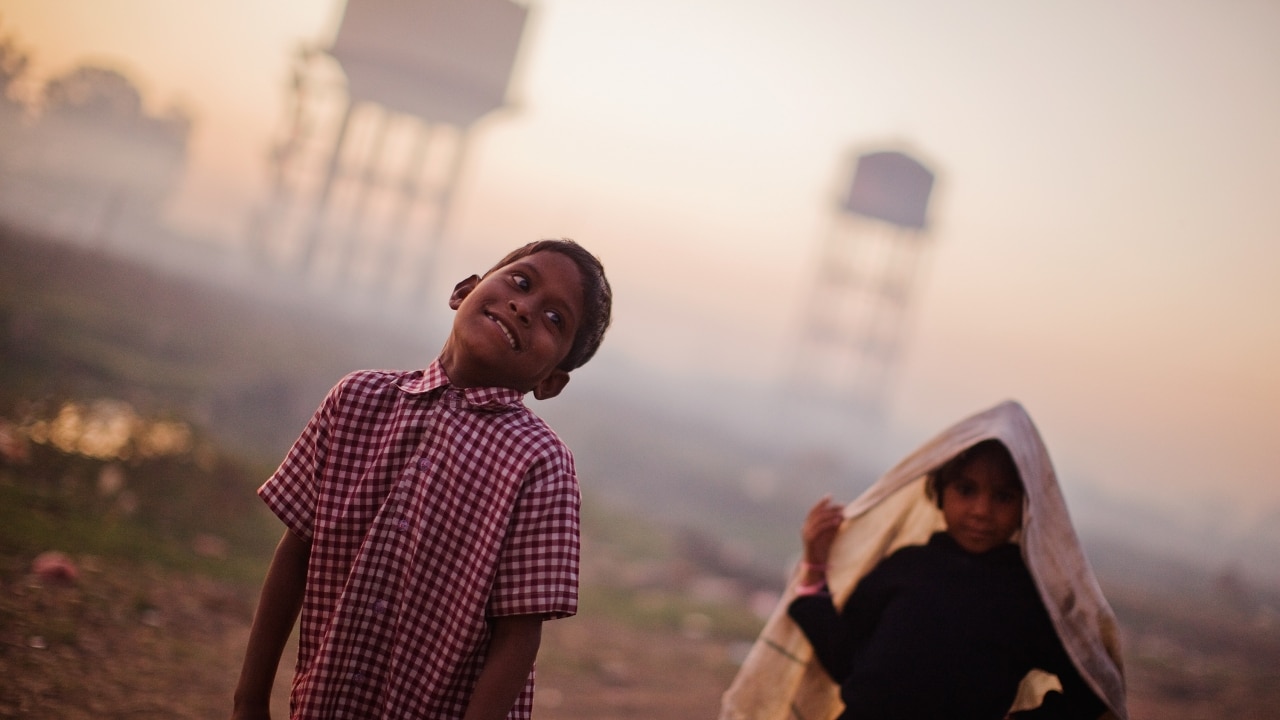
“The children of today are the future of tomorrow. But what kind of a future are we nurturing? Are we providing the right environment to develop their minds? I'm afraid not. There is no equality of opportunities in the fields of education, health and development of creative capacities. The scenario is even more serious in urban areas,” Union Minister Venkaiah Naidu had said last year at the Small Children, Big Cities Conference in New Delhi.
The debate on the much speculated 100 Smart Cities has been ongoing since it was announced in the government’s maiden budget session in July 2014, but this debate has hardly addressed the needs of children.
The raison d'etre of Smart Cities lies in the adoption of smart solutions for efficient use of available assets, resources and infrastructure with the objective of enhancing the quality of urban life and providing a clean and sustainable environment. It promises to give special emphasis to the participation of citizens in prioritising and planning urban interventions. But I do not see children being treated as major stakeholders in the discussion. Inclusive participation needs to be institutionalised, since urban planning continues to assume that what is good for adults is good for children as well. They are often, or if I may say, never, given due position while formulating any policy whatsoever. Hence, we lose out on their perspective or viewing issues through a child’s lens.
A city can never be 'smart' if the residing children do not feel safe and secure. Inclusive growth calls for a collaboration between the perspectives of children and adults. Citizenship should not be limited to adults, it must include the voices and aspirations of young children as well.
The 2011 Census of India suggests that 66 percent of all statutory towns in India have slums. The harsh realities of urban life impacts children and particularly, the urban poor in several ways. These include poor behaviour and academic outcomes, high risk of diseases, chronic malnourishment, impaired physical development and skills, deprivation of parental care etc. Early exposure to such harsh experiences affects young children adversely.
Independent studies conducted by Bernard van Leer Foundation (BvLF) has shown that young children are the most vulnerable section and need immense nurturing for their development. The study shows that, “A child’s brain doubles in size in the first year of life, and a young child's brain makes 700 new neural connections every second. As children grow older, these neural connections are ‘pruned’ to make brain circuits more efficient” . Hence, it is imperative for young children to grow up in surroundings that acts as a catalyst to live a healthy and secure city life.
In light of the global trend of increasing urbanisation, these Smart Cities need to emerge as spaces that cater to and nurture the varied needs and aspirations of diverse categories of people living in them--including children, differently-abled persons and others. Children living in cities are imperilled to different spaces in their childhood. Inimitable and distinctive needs of children such as easy access to reach taps and switches, community toilets that are not in secluded areas or simply grass on play grounds and open spaces are few parameters that need to be stressed upon.
Guidelines and suggested measures like provisions for all-weather, disaster-proof, well ventilated and spacious housing must be taken into account. These houses should have adjustable and multi-purpose common areas for stimulating a child’s need for exploration, belonging and identity. Provisions for roads to have child-friendly footpaths, cycle tracks, sidewalks etc. are ways to foster smarter ways to use the city’s visible resources. Innovative measures like maps, frequency of service information at public transport stands, improving access to public transport systems by setting bus stops in close proximity of a slum can be taken up by statutory government bodies. While designing ‘open play spaces’ for children, access and safety of children has to be part of the policy framework. Smart Cities must also be pliable to include and promote effective early childhood services by making early learning centres in every neighbourhood with accreditation and quality standards, parent support programmes etc, especially in poor neighbourhoods.
Merely providing these facilities would not suffice; children should play a compulsory and collaborative part in urban planning and decision making, city master plans, smart cities programmes and other urban development programmes should have children-centric components.
The choices city leaders make now will have a direct and undeviating impact on how the process of child development unfolds and what contribution they make for the country. Propelling action to bring holistic difference in the lives of 41.2 million children who thrive in urban areas in India can prevent the risk of stifling their aspiration to build world class urban centres.
The author is National Head of Humara Bachpan Campaign. Inputs by Jasmin Nissa, a child leader from Bhubaneswar.